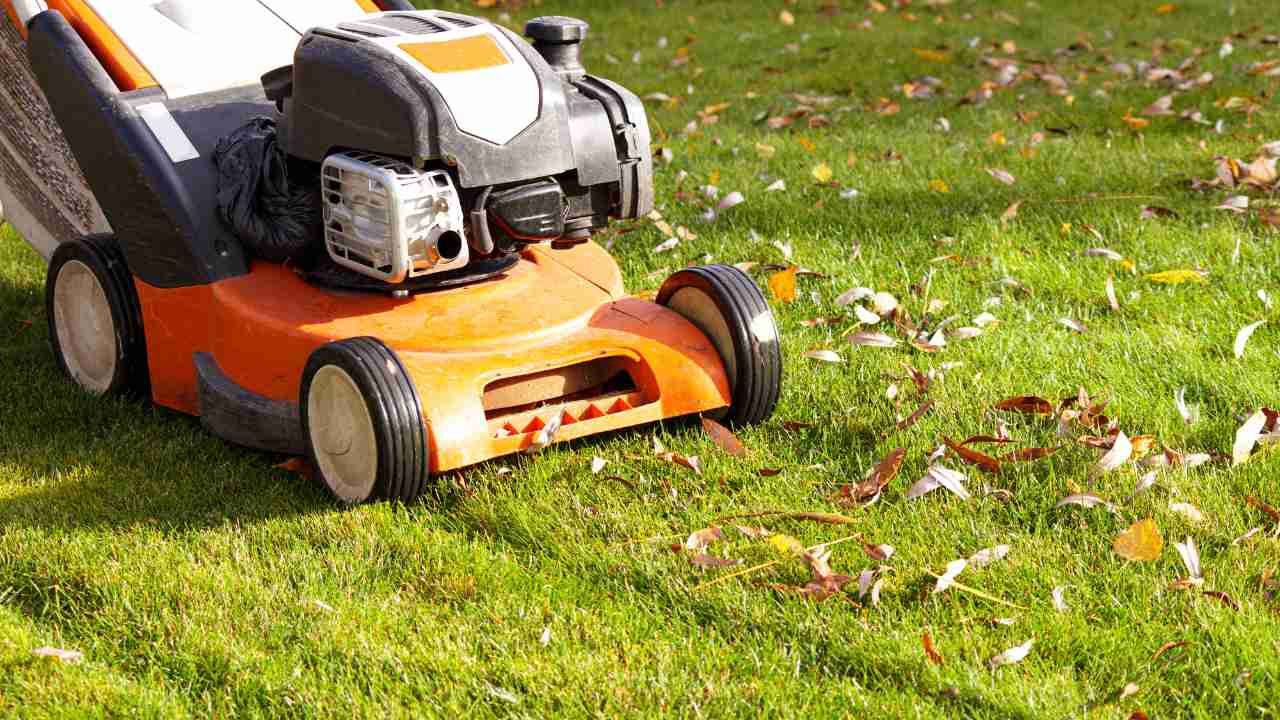Fall Lawn Tips: Overseeding and Prepping for Winter

When autumn paints the trees in fiery shades of red and gold, it’s easy to forget about your lawn. But fall is actually the best time to give your grass some love. With cooler temperatures and more moisture in the soil, your yard has the perfect conditions to recover from summer stress and prepare for the cold months ahead.
In this guide, we’ll walk you through how to overseed, feed, and winterize your lawn so it comes back lush and green in spring.
Why Fall Is the Perfect Time for Lawn Care
If you want a healthy, vibrant lawn next year, the work begins now. Grass grows actively in the fall, but weeds don’t—making it an ideal season to strengthen your turf. Many homeowners trust Avalanche Tree and Landscaping LLC for their expertise in lawn care in New Haven CT, especially when it comes to fall preparation and overseeding.
A skilled landscape gardener knows that fall lawn work helps:
- Repair thin or patchy areas from summer damage
- Encourage stronger root development before frost sets in
- Reduce soil compaction from foot traffic or drought
- Minimize spring weed growth
Step 1: Assess and Prepare Your Lawn
Start by walking your yard and noting trouble spots. Look for bare patches, compacted areas, or thick layers of thatch (a mat of dead grass and roots).
Here’s how to get your lawn ready:
- Mow short: Cut your grass to about 2 inches high. Shorter blades help new seed make contact with the soil.
- Rake thoroughly: Remove leaves, debris, and thatch buildup to allow air and sunlight to reach the soil.
- Aerate if needed: Aeration relieves compaction and improves water and nutrient absorption. You can rent a core aerator or hire professionals to handle it.
This preparation stage sets the foundation for overseeding success.
Step 2: Overseed Like a Pro
Overseeding involves spreading grass seed over your existing lawn to fill in thin spots and enhance overall density. It’s a simple process, but timing and technique matter.
Follow these key steps:
- Choose the right seed: Pick a blend suited for your region and existing grass type—cool-season grasses like Kentucky bluegrass or fescue thrive in Connecticut.
- Seed evenly: Use a broadcast spreader for uniform coverage.
- Topdress lightly: Rake or roll the soil gently to ensure the seeds make contact with the ground.
- Water consistently: Keep the soil moist until the new grass is established, usually 2–3 weeks.
If you prefer a hands-off approach, local lawn experts can handle this entire process efficiently, ensuring your lawn recovers beautifully before winter.
Step 3: Feed and Protect Before Frost
After overseeding, apply a fall fertilizer rich in potassium and phosphorus to strengthen roots. Avoid high-nitrogen fertilizers that promote leaf growth instead of root development.
Water your lawn deeply once or twice a week until the ground begins to freeze. This ensures your turf has enough moisture to endure the cold months.
Before winter fully sets in, do a final mow—keep grass around 2 inches high. This prevents mold and disease while maintaining insulation for the soil.
Case Study: A Fall Makeover That Paid Off
Last October, a homeowner in East Rock, New Haven, struggled with a patchy, yellowing yard after a dry summer. After aeration and overseeding, followed by consistent watering and fall fertilization, the lawn rebounded within weeks. By spring, it was lush, green, and weed-free—proof that proper fall preparation delivers lasting results.
Step 4: Plan for Spring
Once your lawn goes dormant, plan your next steps. Keep fallen leaves off the grass, and check in mid-winter for compacted snow or ice that might suffocate the turf.
By spring, you’ll be rewarded with strong roots and vibrant new growth—all because you invested a little time in fall maintenance.
Reach out to local professionals who understand your region’s soil and seasonal challenges. With the right fall care, your lawn will be greener, thicker, and healthier when the snow melts.

